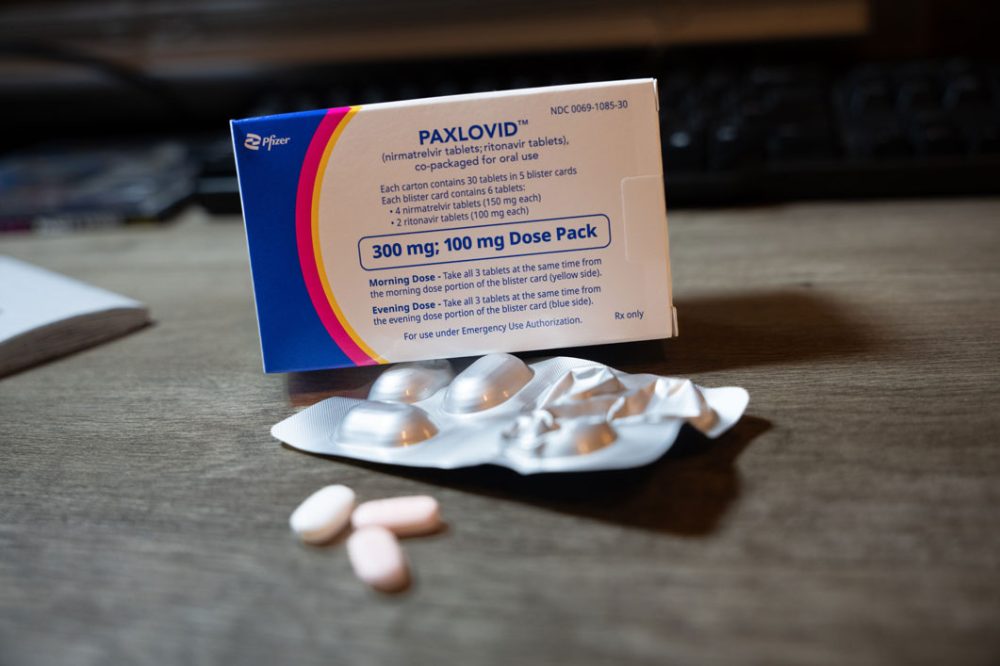Advertisment
Virologic rebound in Covid-19 is higher than expected among Paxlovid patients

Researchers from a study of patients treated for acute COVID-19 report that virologic rebound takes place in about 20.8 percent of subjects treated with nirmatrelvir-ritonavir (N-R, Paxlovid) versus 1.8 percent of subjects who did not receive N-R treatment.
The findings appeared on Nov. 13, 2023 in the Annals of Internal Medicine.
Paxlovid is widely used in the United States to reduce the incidence of hospitalization and death among patients diagnosed with mild to moderate COVID-19.
“We conducted this study to address lingering questions about Paxlovid and virologic rebound in COVID-19 treatment,” said corresponding author Mark Siedner, MD, an infectious disease clinician and researcher at Massachusetts General Hospital in Boston. “We found that the virologic rebound phenomenon was much more common than expected—in over 20% of people taking Paxlovid—and that individuals shed live virus when experiencing a rebound, implying the potential for transmission after initially recovering from the virus.”
The investigators evaluated data on 127 subjects diagnosed with acute COVID-19. They noted the rebound in subjects (n=72) treated with N-R and in those who were not treated with N-R (n=55).
The endpoint was viral rebound within 3 weeks of an initial positive test.
Viral rebound was defined as either a positive SARS-CoV-2 viral culture after a prior negative culture or sustained elevated viral load after a prior decline.
Monitoring by both PCR and viral culture indicated that virologic rebound with replication-competent prolonged viral shedding occurred in approximately 1 in 5 subjects treated with N-R.
Just one untreated patient in the study experienced viral rebound.
Subjects with viral rebound shed live virus for a median of 14 days, compared to 5 days for those who did not have viral rebound.
The authors noted that their findings should be considered by clinicians when evaluating the benefits and risks of N-R treatment in patients at low risk for severe disease. However, they emphasized that for patients at moderate to high-risk for severe COVID-19, the benefits of N-R treatment are well established.
“Paxlovid remains a life-saving drug I prescribe to high-risk patients,” said co-senior author Jonathan Li, M.D.,an infectious disease physician and researcher at Brigham and Women’s Hospital in Boston. “This study, while informative, does not change the fact that this drug is very effective at preventing hospitalizations and death. Instead, it offers valuable insights to Paxlovid patients, helping them understand what to expect and how long they might be contagious.”





